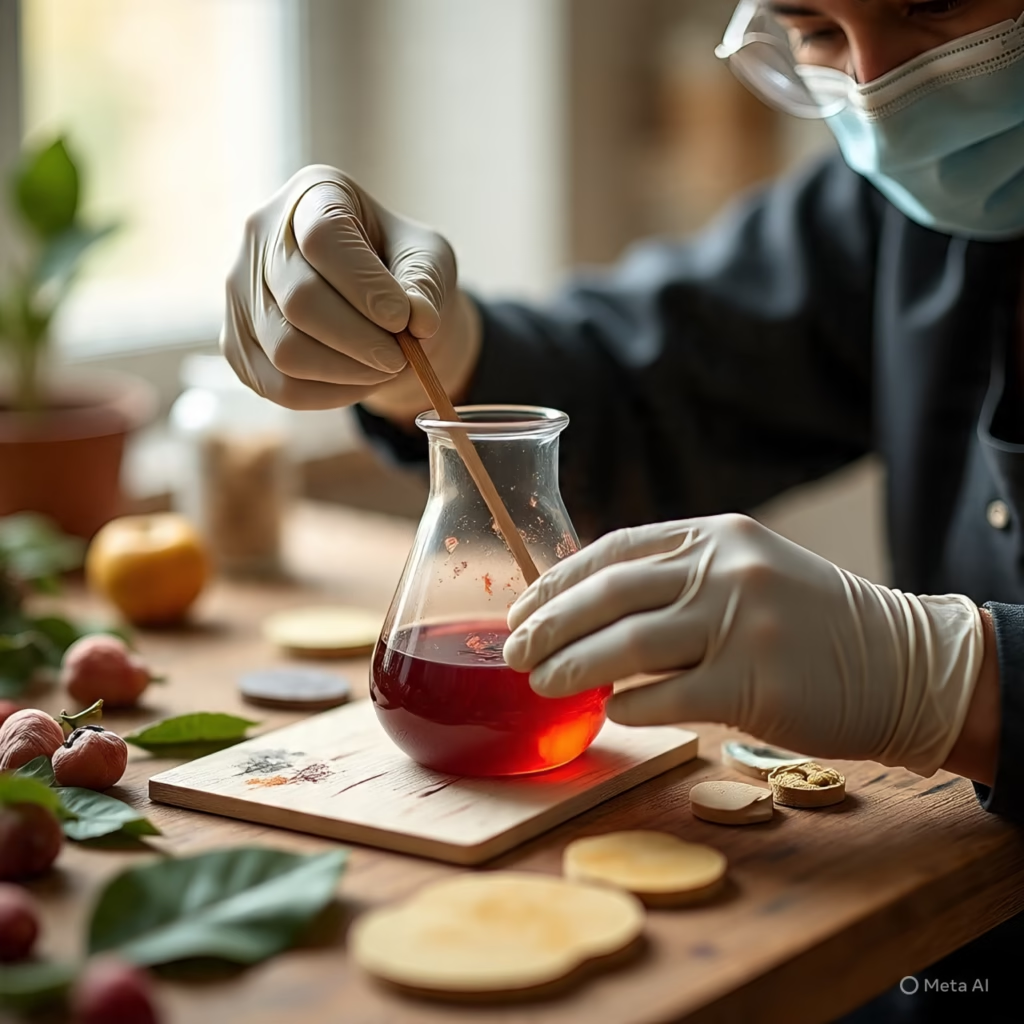
Title:
How to Make DIY Natural Dyes for Resin Art at Home
Blog Post:
If you’re into resin art and want to make your projects more eco friendly using natural dyes is a great step forward Instead of relying on synthetic pigments you can color your resin with ingredients straight from your kitchen or garden
From turmeric to beetroot to spirulina these natural colorants not only reduce plastic and chemical waste but also give your art a soft earthy and organic look
In this blog we’ll walk you through how to make and use natural dyes in resin plus share tips on what works best and what to avoid
Why Use Natural Dyes in Resin
Most commercial resin pigments are synthetic and contain plastic-based ingredients While they offer strong and consistent colors they’re not the most sustainable option
Natural dyes on the other hand are
- Biodegradable and non toxic
- Often sourced from food scraps or plants
- Ideal for eco friendly or organic looking designs
- A fun way to experiment with one of a kind tones
What Natural Ingredients Can Dye Resin
Not every natural ingredient works in resin but here are some of the best options that artists and DIYers have tested with success
1 Turmeric Powder
Gives a warm yellow to gold tone Use sparingly as it’s highly pigmented
2 Beetroot Powder
Creates soft pinks to deep reds depending on how much you use
3 Spirulina or Matcha Powder
These provide shades of green from subtle to vibrant
4 Activated Charcoal
Great for deep blacks or smoky greys Plus it adds a modern matte finish
5 Cocoa Powder
Gives rich brown tones and works beautifully in earthy or rustic projects
6 Paprika or Chili Powder
Adds a reddish orange hue and subtle texture
Want more eco resin project ideas Check out our [Natural Texture Resin Designs Guide] (insert internal link)
Looking for food grade plant powders to use in art Try [this list of natural color sources] (insert external link)
How to Add Natural Dye to Resin
Step 1 Prep Your Materials
Make sure your powders are dry and finely ground Moisture can affect resin curing so avoid wet or fresh ingredients
Step 2 Mix Resin First
Always mix your resin and hardener before adding dye This keeps your ratio accurate and avoids curing issues
Step 3 Add Dye Slowly
Start with a small pinch and increase as needed Some colors intensify as the resin cures so go slow
Step 4 Pour and Cure
Use as usual and allow your resin to cure fully Natural dyes don’t change the cure time but always follow your brand’s instructions
Tips for Better Results dyes
Natural dyes work best in clear or lightly tinted resin
Test small batches before committing to a full piece
Store dyed resin in a cool dry place during curing
Avoid fresh fruit juice or liquid dyes—they can prevent proper curing
Limitations to Be Aware Of dyes
Natural colors may fade over time if exposed to direct sunlight
Not all natural ingredients will mix well with resin
Some powders may create texture or streaks—which can be a cool effect if intentional
Final Thoughts dyes
Using natural dyes in resin is a creative and sustainable way to make your art stand out You won’t get the neon glow of synthetic pigments but you will get warm organic tones that tell a story
Whether you’re making eco resin dyes
jewelry coasters or art pieces experimenting with natural color is a fun way to bring nature into your craft
Ready to try it yourself Explore
our [Sustainable Resin Craft Starter Guide] (insert internal link)
For more ideas on plant based colorants visit [this article on natural dye basics] (insert external link)
Let me know if you’d like this turned
into a Pinterest pin, Instagram carousel, or YouTube script!
you might to like read this blog
https://manyviral.com/can-trumps-big-beautiful-bill-pass-the-senate/
Leave a Reply